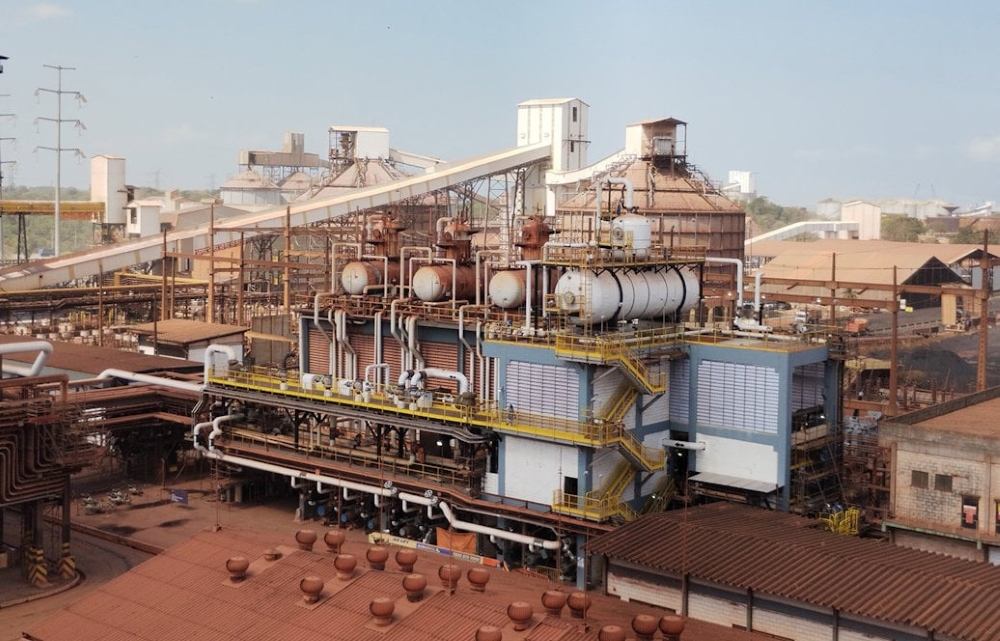Decarbonisation at Hydro’s Alunorte alumina refinery is no longer a future ambition; it is operating equipment. The world’s largest single-site alumina refinery, located in northern Brazil, has commissioned two new electric boilers powered by renewable energy, replacing coal-fired units and marking a decisive shift away from fossil-based steam generation.
The numbers that matter
- Two new electric boilers delivering around 270 tonnes of steam per hour
- Combined investment of NOK 580 million for the two newest boilers
- One earlier electric boiler installed in 2022 (three total now in operation)
- Long-term PPAs supplying renewable power from Mendubim solar plant and Ventos de São Zacarias wind farm
- Expected annual CO₂ reduction up to 550,000 tonnes
- Separate fuel-switch project replacing fuel oil with natural gas NOK 2.4 billion investment (completed end-2024)
- Combined decarbonisation impact ~35% CO₂ reduction vs 2017 baseline
Image source: hydro
Electrifying high-temperature steam
The commissioning of these electric boilers proves that one of the alumina sector’s toughest challenges, decarbonising high-temperature steam, is technically and commercially viable when paired with renewable energy and committed capex. With reliable PPAs behind the system, Alunorte is now producing low-carbon steam at an industrial scale, a benchmark few alumina refineries have reached.
Transforming Alunorte’s energy matrix
Beyond electrification, Hydro has restructured the refinery’s entire thermal system. The NOK 2.4 billion fuel-switch project, completed at the end of 2024, eliminated fuel oil from the site’s energy mix, replacing it with natural gas and further cutting carbon intensity. When both upgrades are combined, Alunorte’s total emissions fall by roughly 35% relative to 2017, a shift that materially changes its position in the global alumina landscape.
Pushing toward Hydro’s 2030 emissions ambition
Hydro views these steps as foundational, not final. The company’s target to slash operational emissions at Alunorte by up to 70% by 2030 places the refinery on one of the most ambitious decarbonisation trajectories in the industry. The upgrades also align the asset with Hydro’s broader corporate climate commitments spanning its global aluminium value chain.
Why this matters for the aluminium industry
For the wider value chain, Alunorte’s move is more than a site-level achievement; it’s proof of concept. The refinery demonstrates that high-temperature steam, long categorised as “hard-to-abate,” can be electrified reliably when powered by large-scale renewables. As low-carbon alumina becomes a pricing and strategic differentiator, Alunorte’s transformation will influence procurement decisions across primary aluminium, extrusion, rolling and downstream manufacturing.




